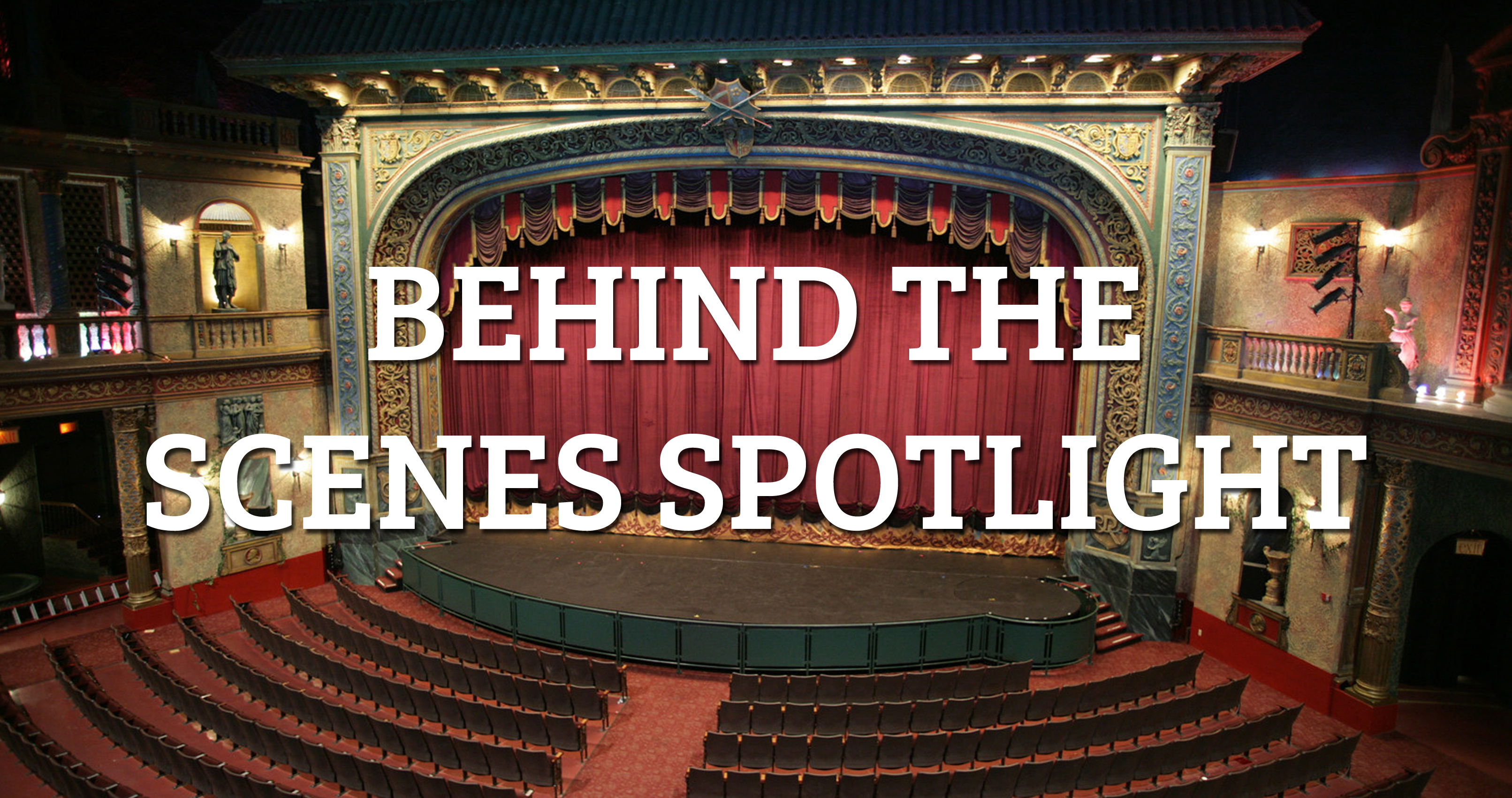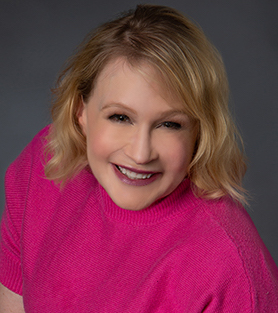
Meet the Artist, Sue Gillespie Booton!
 Sue Gillespie Booton’s choreographic credits include Mary Poppins, A Christmas Story, Tarzan, Narnia, Joseph and the Amazing Technicolor Dreamcoat, Madeline’s Christmas, High School Musical and more! She was a 2015 Theater Arts Guild Best Choreographer nominee for Tarzan, recipient of the 2014 National Freddy G Award given to outstanding musical theater educators, 2014 Theater Arts Guild nominee for her choreography of Tarzan, and awarded the 2014 Theater Arts Guild Education Award. She is The Rose Theater’s Resident Choreographer and Director of BROADWAY at the Rose, as well as the Rose Brigade and The Dance Lab Performing Company. She is thankful that she could return to her hometown and continue her professional career at The Rose Theater.
Sue Gillespie Booton’s choreographic credits include Mary Poppins, A Christmas Story, Tarzan, Narnia, Joseph and the Amazing Technicolor Dreamcoat, Madeline’s Christmas, High School Musical and more! She was a 2015 Theater Arts Guild Best Choreographer nominee for Tarzan, recipient of the 2014 National Freddy G Award given to outstanding musical theater educators, 2014 Theater Arts Guild nominee for her choreography of Tarzan, and awarded the 2014 Theater Arts Guild Education Award. She is The Rose Theater’s Resident Choreographer and Director of BROADWAY at the Rose, as well as the Rose Brigade and The Dance Lab Performing Company. She is thankful that she could return to her hometown and continue her professional career at The Rose Theater.
Q: Can you tell us about being a Choreographer? What is the Choreographer’s job in the creation of a musical?
A: A choreographer is the person that creates dances to be performed onstage. There are many kinds of choreographers. When choreographing for musicals, the choreographer is part of the telling the story, just like the the director and actors. The songs are in the play to enhance the story and characters, so the choreographer’s job is to create dance moment for the actors to do that help tell the story. When beginning choreography on a musical, the choreographer should read the script and listen to all of the music in the show. Once familiar with the story and songs, the choreographer decides what type of dance is needed for each musical number. The most important thing is that the dance supports the song and the story of the show. Then, the choreographer’s job is to teach the performers the dance movement for the show during rehearsal. Many times, changes and adjustments are made to the choreography to suit the show or individual performers in the show. My job is to make the show and the actors in it look their best while dancing onstage!
Q: How did you become a Choreographer? Did you have to take special classes?
A: I began dance training in ballet, jazz and tap at the age of four and continued my training through adulthood. I began choreographing when I was in high school for my dance team, show choir and school musicals. From then I did choreography on and off, and eventually became a professional dancer, actor and singer.I learned lots of amazing things from the choreographers I worked with! I never took specific classes in choreography, but having intense dance training combined with my experiences has helped me become the choreographer I am today.
Q: You choreograph a lot of different shows for the Rose! What inspires you to create new and unique work for each production?
A: I’m inspired to choreograph for musicals by several different things: The story of the play, the music style, the director and the style he/she wants the show to be portrayed, and the actors! All of these things combined will help define the dance steps we will use in the show and how they will be executed.
Q: What is one really awesome and one challenging aspect of your job?
A: The best part of my job is getting to do what I love every single day. Dance has been a great love of mine since I was very little and it is a privilege to get to dance every day for my job. A challenging aspect of my job is finding new dance creations all the time. We do a lot of musicals at The Rose, and I also teach some of our dance classes, so I’m creating new dances almost daily. It’s not uncommon to have a day when new dance combinations aren’t coming to me as freely as others, which can be frustrating. When that happens, I try to relax, close my eyes, and listen to the music so I can allow my imagination to work.
Q: What is your advice for a young person who wants to choreograph musicals?
A: Become well educated in dance and learn as many dance styles and techniques as you can. The more dance steps you have in your “tool box,” the better. In addition to having a strong dance education, I recommend you take classes in music theory, acting and improvisation. Also, just try to choreograph something. Take a piece of music, listen to it, and make something up. Voila! You’re a choreographer!